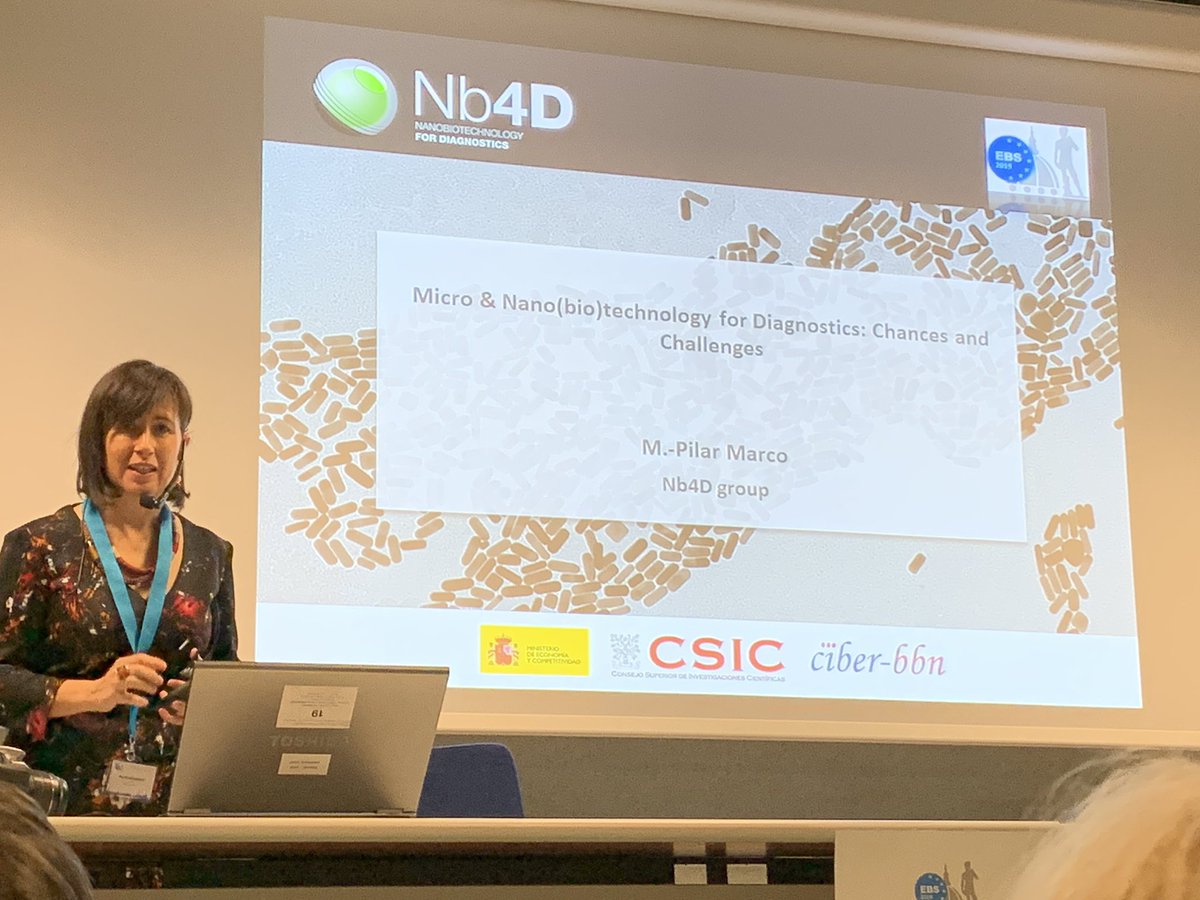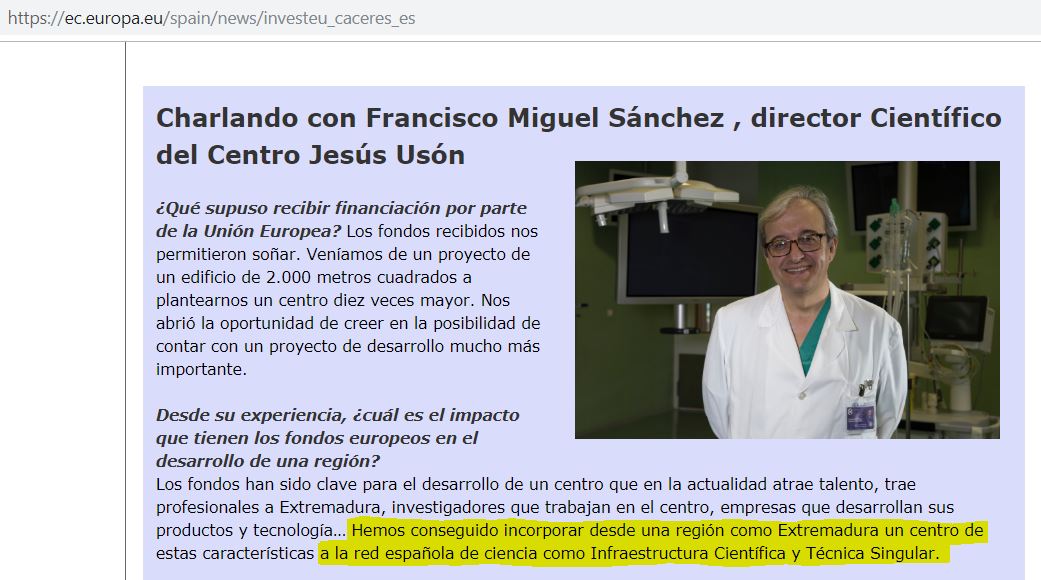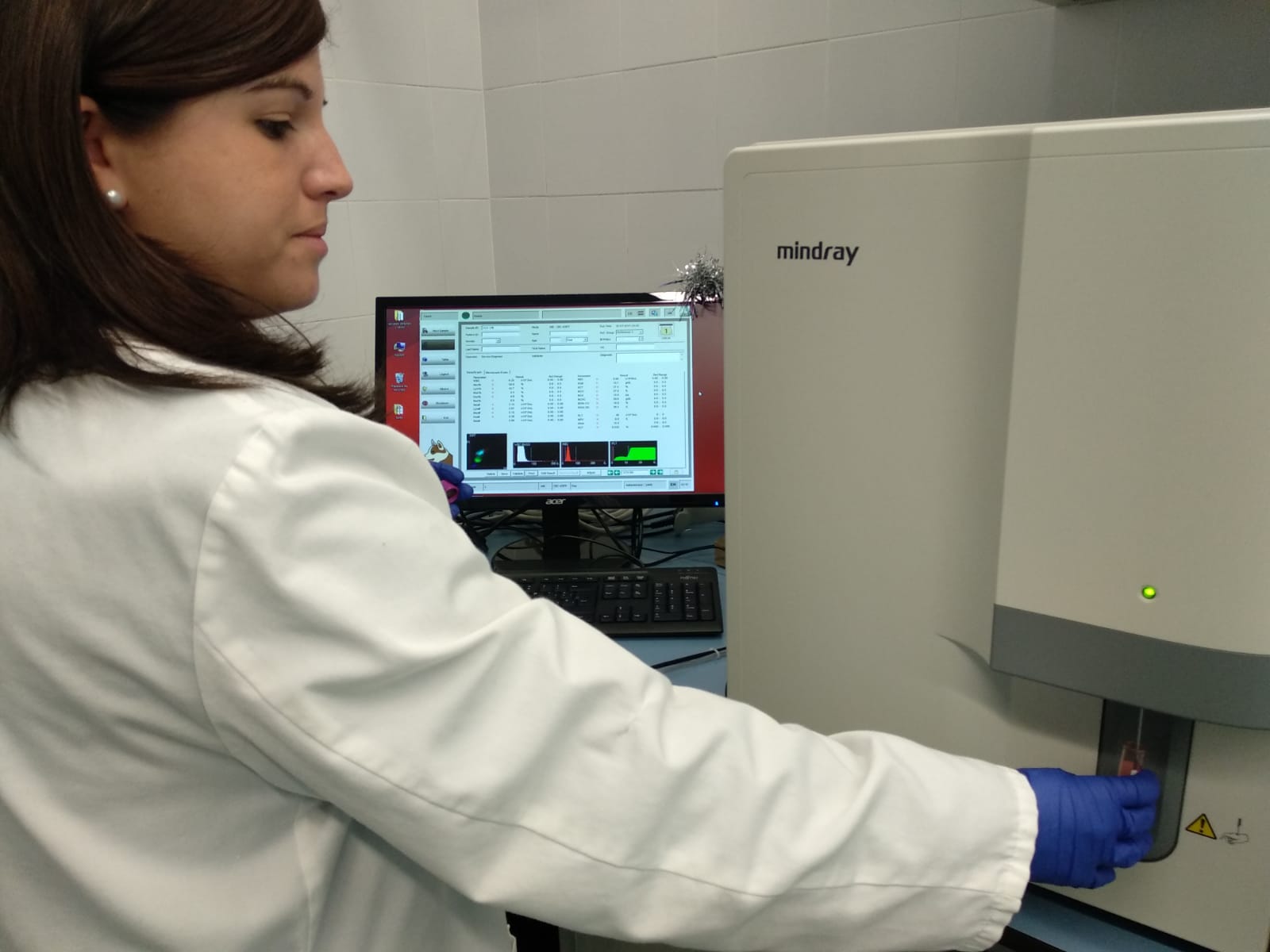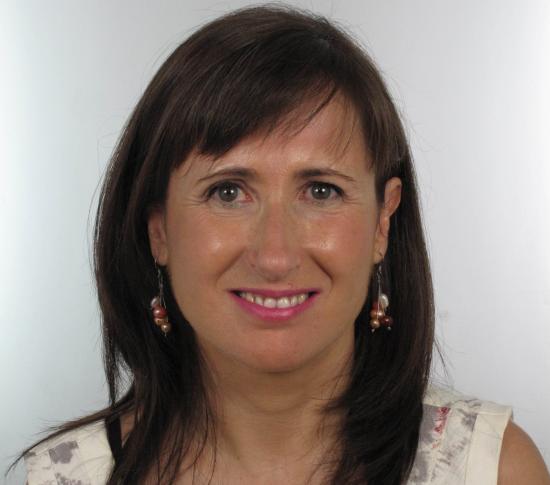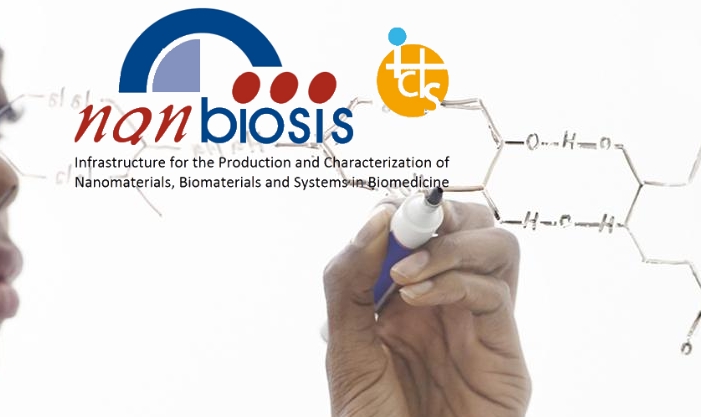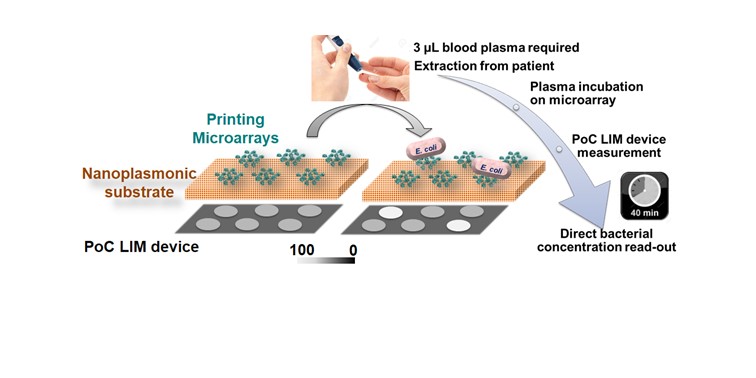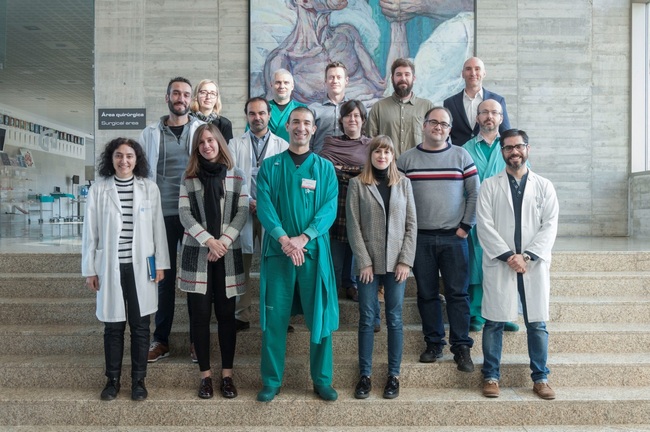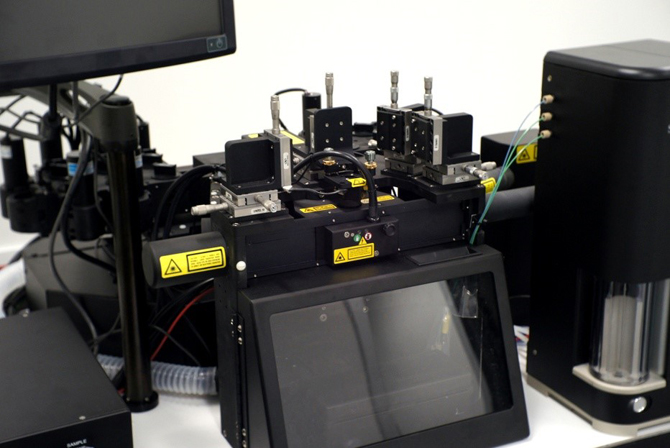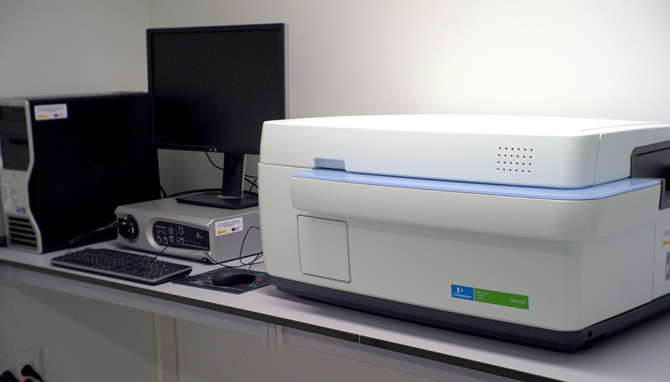Micro & nano(bio)technology for Diagnosis: Changes and Challenges
Pilar Marco, Scientific Director of NANBIOSIS U2 Custom Antibody Service (CAbS) participated as Keynote speakers at the Second European Biosensor Symposium (EBS2019) taking about “Micro & nano(bio)technology for Diagnosis: Changes and Challenges” at the 2nd European Biosensor Symposium 2019 that took place in Florence (Italy) Last February 18-21.
The EBS brougth toguether young scientists, experienced researchersand companies to push forward new approaches on biosensor and and their applications,
Pilar Marco spoke abaut the changes ocurred on the field of Diagnosis since the days of “house calls”, relying primarily on physical examination, to nowadays in which a wide portfolio of biochemical analytical tests is available, and pointed out the challenge to improve knowledge in microfluidics, lab-on-a-chip technologies, system integration, device automation, and signal readout, as well as simultaneously measure distinct sets of biomolecular features on a reproducible and reliable manner. Prof. Marco also gave some examples of technological alternatives to circumvent these limitations in the clinical diagnostic field.
Pictures by Rudolf Schneider https://bit.ly/2T0yYNi
